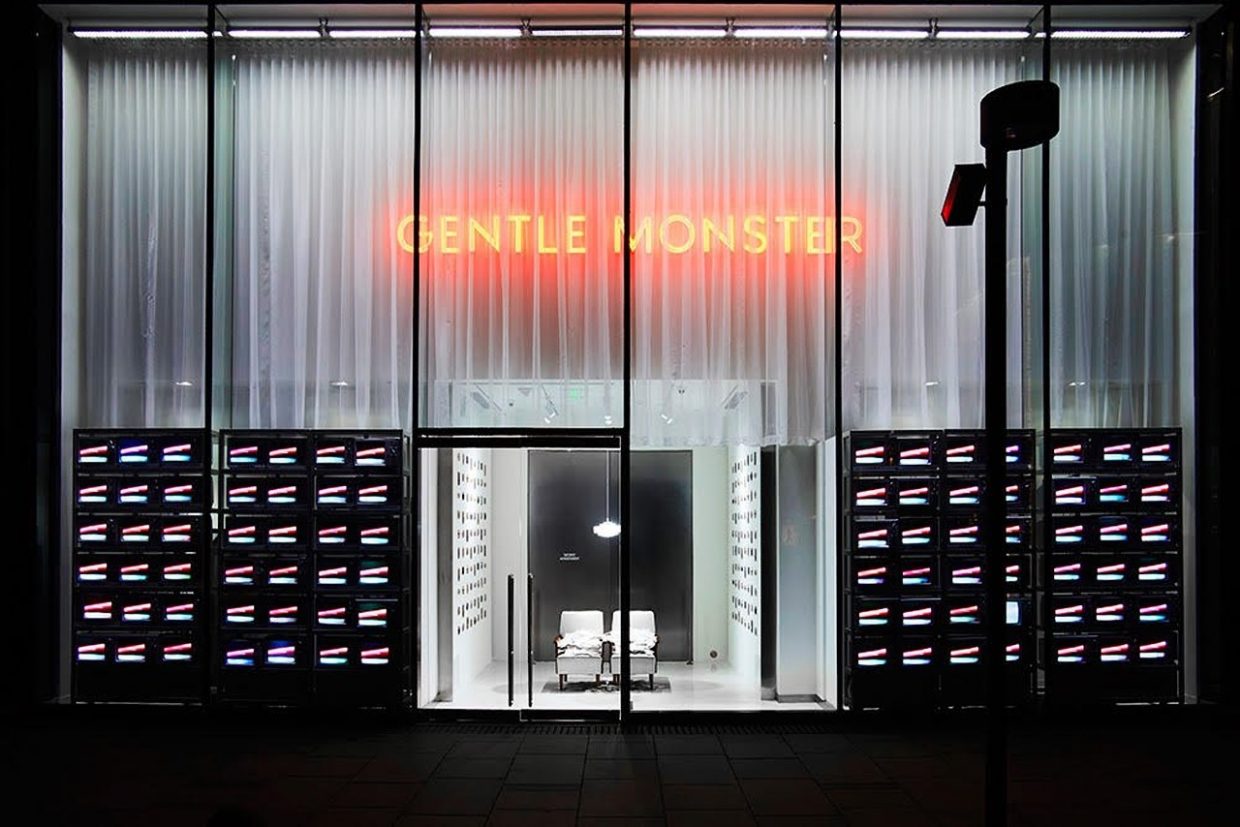
28 Nov 3 Trends Shaping the Future of Retail for Fashion, Lifestyle and Beauty Brands in China
Retail in China has taken a step further into experiential retail and retailtainment.
New innovative shops in China are not only offering products to be bought but are also giving consumers a totally immersive entertainment experience driven by uses of new technology and the integration of online and offline campaigns.
Although e-commerce in China is growing with a $615 billion transactions in 2015, physical stores remain very important for Chinese consumers and especially millennials who are generally more satisfied by the experience of purchasing products offline.
Digital giant Alibaba’s “New Retail” strategy attests to this phenomenon. By investing in brick and mortar stores Alibaba is pushing forward the integration of online and offline retail to create a completely seamless consumer experience.
What are the innovations and best practices that retailers should know in order to create their own all-encompassing New Retail strategy?
1. Touching the Senses
Chinese millennials have developed new consumer habits and are seeking greater levels of interaction with brands and products. They are attracted by brands and malls that incorporate distinctive lifestyle elements and offer novelty and excitement.
Retail shops in China are transforming into experiential centers that are not only places to shop but also places that give consumers the opportunity to socialize, discover, eat, drink, learn, share and participate.
Retailers need to focus on providing the status of feeling instead of the status of buying. Shops need to become carefully designed spaces infused with the brand’s DNA, creating numerous photo opportunities that visitors will be eager to share on social media.
A perfect example of a retailer that touches the senses and is very successful among Chinese consumers is the South Korean sunglasses brand Gentle Monster.
The brand’s Beijing boutique can turnover over 100 million RMB a year in revenue, not only because of their unique products but also because of their brilliantly curated art installations.
The store window evokes shoppers’ curiosity; if this is a glasses shop, why is there only art in the window? Upon a closer look, they discover that the glasses have been woven into the artwork.
Another example comes from Innisfree, a South Korean beauty brand. At their Taikoo Li location in Chengdu, they have created an Innisfree café called the “Green Café” on the second floor of the shop that gives young shoppers a space to hang out and enjoy Jeju Island-inspired fruity teas, matcha lattés, and patisseries. The green scenography with the nice branded drinks is perfect for sharing on social media and creating digital word of mouth. It has turned the shop into a destination and not just a place to pass through.
 Photo: Innisfree Café / The Chinese Pulse
Photo: Innisfree Café / The Chinese Pulse
K11 Shanghai, a mall focusing on attracting and interacting with Chinese millennials, is a pioneer in the Chinese industry, having successfully combined a contemporary art gallery with a traditional retail space. As the founder Adrian Cheng said, “K11 is a space integrated with art, human and nature”. In K11 Shanghai, visitors can enjoy shopping while discovering well-selected contemporary art pieces and periodic art exhibitions with different artists.
In this shopping mall, instead of a map of brands, you can check out an art guide which can help you enjoy your creative tour. In addition to all the fashion and lifestyle brands, the restaurant Urban Farming has created an indoor farm providing organic fruits and vegetables for its kitchens. At K11 shopping is no longer a simple routine but a whole new journey of experiences where consumers can enjoy different aspects of life.
2 Technological Integration & Gamification
Constant exposure to new technologies and innovative social media campaigns has become a part of everyday Chinese consumers’ lives. Physical shops need to adopt these technologies and join virtual activities with real life.
Online and offline integration has become an expected part of the shopping experience and now need to become so seamlessly intra-connected that they become one. O2O campaigns are very important and need to incorporate gamification elements in order to engage and drive interest.
Platforms such as WeChat, Weibo, Meipai, and technologies like live streaming can be used in order to drive customers in-store. However, merely using the latest technology isn’t enough; the content strategy needs to be smartly developed and be led and communicated through influencers to achieve the greatest impact.
During the Chinese New Year holiday in 2017, UNIQLO launched a “hongbao” (Chinese red envelop) game in collaboration with Alipay. During the two-week campaign, customers would receive a virtual hongbao on their phone when they approached a UNIQLO store. When they opened the hongbao they would discover coupons as well as small amounts of cash. But here’s the catch, in order to open it shoppers needed to enter the store and scan the UNIQLO logo with the AR scanner function in their Alipay app. For physical retailers, technologies such as AR hongbao are interesting tools that can be used to drive traffic to your store, especially during the New Chinese Year.

Photo: imaijia.com
Beauty retailers are also experimenting with the latest technology in their shops. For example, the Yves Saint Laurent store in Shanghai has augmented reality screens that use facial recognition enabling customers to virtually try on different makeup looks.
 Photo: YSL’s AR: “Get the look” / The Chinese Pulse
Photo: YSL’s AR: “Get the look” / The Chinese Pulse
3 Human Touchpoints & Value-Added Services
Besides being able to experience and try products in real life, human interaction with the customer is another key component of the offline retail environment.
Today, expectations for customer service are becoming higher; Chinese consumers, especially millennials, expect to receive top-notch service and valuable information from store employees, meaning strong customer relationship management is required.
For example, the luxury shopping center SKP in Beijing recently introduced a new service with iShansong.com a delivery service known for “faster and safer delivery with specially-assigned deliverymen”. This service allows luxury clients at SKP to have their purchases delivered to their house immediately, so they don’t have to deal with the inconvenience of carrying everything and loading/unloading it from the car. The service guarantees that the products can be delivered to their home (or to their friend or family if it’s a gift) within sixty minutes of the purchase.
Cosmetics brand Lancôme holds weekly make-up lessons for customers at their store in the Yintai shopping mall in Hangzhou, creating a human connection with consumers while also providing them with value and driving them in-store. What’s more, instead of having employees teach the lessons, Lancôme invites a variety of popular Chinese beauty bloggers to give the lessons, giving the brand the opportunity to engage not only with their customers but also with the beauty bloggers’ fans.
 Photo: Cheryl’s Weibo
Photo: Cheryl’s Weibo
The Chinese Pulse Recommendations:
Acknowledging the rapid pace of change in the China retail environment, fashion, beauty, and lifestyle brands need to stay informed of the latest trends and build smart strategies to enhance their offline retail offerings.
- Drive emotions in-store through an immersive approach and a concept that will differentiate your brand from others
- Think beyond the product; focus more on how the retail space can become a space for socializing and creating community
- Make the store embody a lifestyle that matches your brand DNA
- Integrate Chinese social media and use games to drive customers to the store; engage with the customers before, during and after their visit
- Be innovative, use new technology to increase visibility on social media and create buzz about the retail space
- CRM in-store and through channels like WeChat needs to be highly developed to meet the high expectations and provide the tailored service that Chinese consumers desire
Originally published on Jing Daily.




No Comments